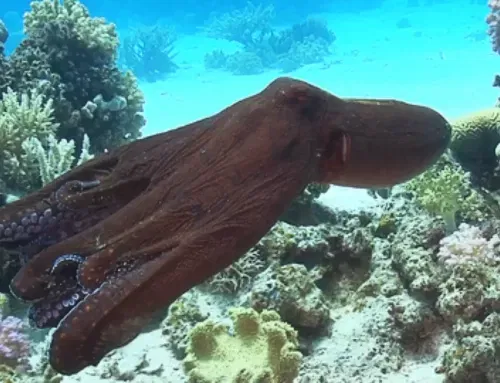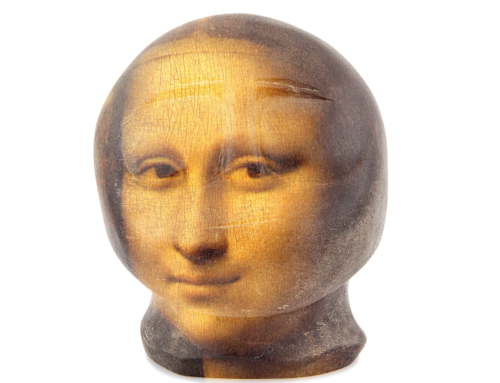
Sculpture by John Kavik, Rankin Inlet in the Canadian Arctic. The expressive figure seems about to tell a tale.
In my last blog in this series on becoming a writer I was in Maine, leaning against a tree overlooking an ocean bay, pondering, “What can I write about?” I wanted to enter the world of fiction; my mind was bouncing ideas back and forth. Nothing stood out. I needed to break the ice: what to put on paper?
In the forest with the sea before me, my pen in hand, I confronted the same conundrum I often faced in my scientific career: Where to start? I was searching for a story to write, a need to excavate myself until I found a buried treasure, the same strategy I’d used starting my science career. Amidst my frustration I thought of how science had unfolded in my life and evolved into a deep commitment. But that obsession hadn’t driven me to science. The inspiration came later and drove me to continue, not to commence. My initial floundering and subsequent effort in science had germinated a dormant seed within me. Perhaps, I hoped, my stories might be freed by writing, as my science took hold by working; maybe the pen would move the story, not the other way around.
“Just write something. Anything,” I told myself again.
The thought in my mind at that moment was my growing interest in Inuit sculptures. I had never been to the arctic but apparently my imagination had, so I started concocting a story about an unnamed teenager, an American narrator who was visiting an Inuit teenager named Ayelkeet (I have no idea where I came up with that name) on an exchange program. The two went hunting for caribou. Each sentence I wrote was prompted by the one I wrote before it, like removing layers one by one, hoping to expose a rewarding package, but not sure what that package might be. The plot didn’t matter; there hardly was one. I suspended judgment (or at least attempted to) and concentrated on creating a paper world, a place for a lost soul in me to wander. I was doodling with words. After an hour or two when the sun perched on the horizon ready to retire, my wife Lona and I headed back to the hotel. I had written three pages and felt liberated, even euphoric. Ayelkeet and his partner had killed a caribou and r eturned to the tribe, dragging the carcass behind them. They were heroes.
End of story, and my beginning as a writer.






Leave A Comment